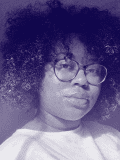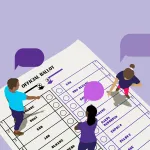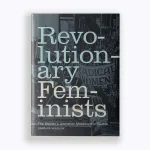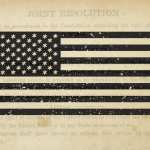Misogyny is the lifeblood of racist movements — or that’s one takeaway from sociologist Kathleen Blee’s research into the Women of the Ku Klux Klan (WKKK), a hate group that formed in the 1920s independent of the men’s Klan.
The WKKK formed on the heels of the women’s suffrage movement, itself rife with racism. Blee, a dean and sociology professor at the University of Pittsburgh who researches extremist right-wing and racist social movements, authored the book “Women of the Klan: Racism and Gender in the 1920s” — published in 1991 and again in 2009, with a new preface. In it, she argues that the very expansion of White women’s access to the franchise laid the foundation for a hate group that was “by women, for women and of women.” Some high-ranking WKKK leaders had also chaired local campaigns for suffrage, and as women’s political opportunities expanded, many felt their role in the Klan should too.
The early 1900s were dotted with white symbolism and supremacy. White suffragist suits were not only designed for starkness, but to emphasize femininity that many labeled suffragists as devoid of, undercutting them as mannish and ugly. The color white, unmistakably, is also a symbol of purity. As Blee points out, Klan propaganda has a throughline of protecting the purity of the race, but more explicitly, that of White women, who were baselessly depicted as at-risk of assault, as more Black men were freed from the binds of slavery.
Chartered officially in June 1923, “the WKKK embraced ideas of racial and religious privilege but rejected the messages of white female vulnerability,” Blee wrote. Where Klansmen saw women as homemakers, WKKK engaged around emphasizing the labor involved in raising children and maintaining a home and also how to best use their newly bestowed access to the franchise. According to Blee, 250,000 White women joined the WKKK in its first four months, by the organization’s own claims.
“The women’s Klan of the 1920s was not only a way to promote racist, intolerant, and xenophobic policies but also a social setting in which to enjoy their own racial and religious privileges,” Blee writes. “These women recall their membership in one of U.S. history’s most vicious campaigns of prejudice and hatred primarily as a time of friendship and solidarity among like-minded women.”
A lot has changed since Blee’s book published, but she still makes the case that many aspects of the Klan’s ideology, although distant in time, are frighteningly close in spirit to the pervasive strands of racism and unacknowledged privilege that exist among dominant groups in the United States today.
In the centennial year of the 19th Amendment, Blee’s research connecting suffrage with White women’s rise in the notorious hate group presents a nuanced understanding of the voting milestone that hardly expanded voting rights for non-White women. In interviews with Indiana Klanswomen nearing the end of their lives, Blee was surprised to learn that many did not feel remorseful for their role in the WKKK.
Blee spoke to The 19th, which has been covering the centennial of the amendment, about how a voting rights movement facilitated an extremist one, the role gender plays in extremism today, and what she wishes she could ask Klanswomen now.
This interview has been edited for length and clarity.
The 19th: This year marks 100 years since the 19th Amendment was passed. This is also roughly the centennial marker of when the WKKK was established. So can you talk a little bit about how that 19th Amendment milestone made the WKKK possible?
Kathleen Blee: The women’s suffrage movement existed for decades before the passage of the 19th Amendment. So a lot of people, clearly the majority of women and some men who were involved in it, were interested in suffrage for women. They believed in equality and bringing more people into public life and having women’s interests and the interests of children better represented in politics.
But, that wasn’t everybody. There were women — primarily in the South, but not exclusively — who wanted to ensure votes for women, and really they’re thinking of White women here, because they wanted White women’s votes to counteract the votes that had earlier been given to Black men. There was always within the suffrage movement a pretty openly racist segment. The fact that, actually, very few Black men actually got to exercise their vote was not relevant to their topic.
So the other thing that is relevant here in terms of the Ku Klux Klan of the 1920s, is that the women’s suffrage movement was an opportunity for a very large number of women to develop political skills that they hadn’t had before. In trying to pass the suffrage amendment and working at a local level, the state level or the national level, women essentially started to become political agents themselves. They developed their own political networks. They traveled. They made connections with other women. They understood the mechanisms of political power and elections and so forth. And that was true for women who were trying to push a progressive agenda, but it was also true for women who are trying to move a much more reactionary and racist agenda.
Right after the 19th Amendment was passed, the male Klan started saying positive things about women’s suffrage. They started encouraging women to come in, and women did. Some of the leaders of the Klan in the 1920s were women who had been women’s suffrage leaders themselves. Eventually they pulled away from the men’s Klan and became antagonistic toward the men’s Klan, primarily because they didn’t want to share dues money and there’s conflicts and lawsuits and even physical brawls between the men’s and women’s Klans.
The women brought into their Klan horrible anti-Semitic, anti-Catholic, terribly racist views and agendas, but they also brought in this idea of women’s rights. But they only meant the rights of White native-born Protestant women, just women’s rights for people like them. Within that, they argued in favor of an eight-hour day for mothers, pay for housewives, and all these kinds of agenda that are similar to what progressive women are arguing for in the 1920s, but in the case of the women’s Klan, a very racially defined set of rights.
It’s an interesting story, but it’s also a terrible story. It shows the ability of extremist, racist groups to co-opt and build upon even progressive agendas like women’s suffrage, and how easily and completely it could be harnessed to one of the worst and certainly one of the largest racist movements in the country’s history. They had horrible success by demonizing people by their country of origin and imprinting anti-Semitism and racism really deeply into the body politic, ripping it out of just being a Southern phenomenon and making it a national phenomenon. Sadly, women had a really significant part in that.
One of the things you grapple with in the book is the tendency to frame extremist groups as fringe and on the margins, their members as brainwashed, even as lower-class and uneducated. Similarly, there becomes this very sexist rhetoric about women in the Klan only being there because of pressure from the men in their lives. Can you talk about what your research says about the importance of understanding recruitment tactics that brought in church leaders and politicians and women organizing for suffrage into the Klan?
When we think about how women fit into these kinds of politics, it’s often the case that people look at women in extremism through the blinders that we have about what those kinds of women are like. People looked at women in the 1920s Klan, and they’ll say, “Oh, she’s married to or with some man who’s also in the Klan or in the movement, therefore she must have followed him there.” But in my research on the 1920s Klan, and in my research on current far-right extremism in the United States, it’s often the case that the woman and the man independently went into those organizations and met each other there. A lot of what we assume about women and their motivations are based on really gender stereotypes, not the reality of women in those groups.
Another thing that people often think is that women have no role in those groups. But that actually isn’t true. So let’s take the 1920s Klan. Historians knew for many, many decades that there were women’s Klans all over the country. But nobody ever studied them because the historians that looked at the Klan thought only the men were really political actors. If there were women’s Klans, they just denoted them as auxiliaries. If you actually look at what was going on in the 1920s, and I did a deep case study of Indiana, where the Klan was extremely strong, is that in a lot of ways, the women were more effective at the horrible agenda of the Klan than the men.
In the 1920s, the men’s Klan was different than Klans before and after because it was not very involved in physical violence; they were mostly interested in trying to get people to run for office and collecting dues. The women’s Klan, however, was much more effective in carrying out the racist politics of the Klan because these women created networks among themselves and established what they called whispering campaigns that would target someone they suspected of being Catholic or Jewish and started spreading gossip about them. They were really effective at collapsing the stores of Jewish owners and getting Catholic school teachers run out of communities and targeting African Americans in White communities and getting them pushed out.
Obviously keeping in mind that Women of the Ku Klux Klan were perpetuating hate, you also write about the sexism they dealt with from Klansmen but also from outsiders. You write about a newspaper editor who was critical of the Klan and described the women as coarse-featured and having abandoned their husband and children. What can be gleaned from this sexism and misogyny at large?
Misogynist society permeates into these racist groups, very clearly. Racist groups from the 1920s, when you have a lot of women, and then today when you have a certain number of women in racist groups, there is a double speak about women. On the one hand, women can be racial warriors — that would be language people use today — women are valued allies to men and racist movements. On the other hand, these are movements that are deeply based on inequality and discrimination and hierarchy and masculinity and misogyny. That is the lifeblood of racist movements; they’re racist but they’re also just deeply misogynistic despite any kind of rhetoric they have about “enlisting our sisters in the struggle.”
So women in the 1920s Klan, or women in racist groups now, face the same kind of situation. They come in with expectations about their value and the respect they’ll have in the racist movement that White women don’t get in the larger society. Then they confront groups whose men are deeply misogynist, and so these women tend to be quite disillusioned and angry. And interestingly enough from the 1920s Klan to today, conflicts around gender are one of the most splintering things that happens in right-wing extremist groups. Flash-points for groups to dissolve tend to be over either money and gender — those are explosive issues, in right-wing extremist groups. Interesting that it still continues to today.
So, women are involved in the ‘20s, then for a long time there’s no women in racist groups to speak of. And David Duke, whom you may have heard of, is the person who opened the racist movement to women again. Duke brought in both women and Catholics into organized racism in the late ‘70s, and women have been there ever since. And you notice that those are both times in which there’s a women’s movement in the larger society. So women come into hate on the heels of the suffrage movement, then they’re pushed out. Women return into hate on the heels of the second feminist movement in the ‘70s. But, you know, just like in the larger society, there’s an opening to women, politically, in hate, but it’s accompanied by a deep misogyny.
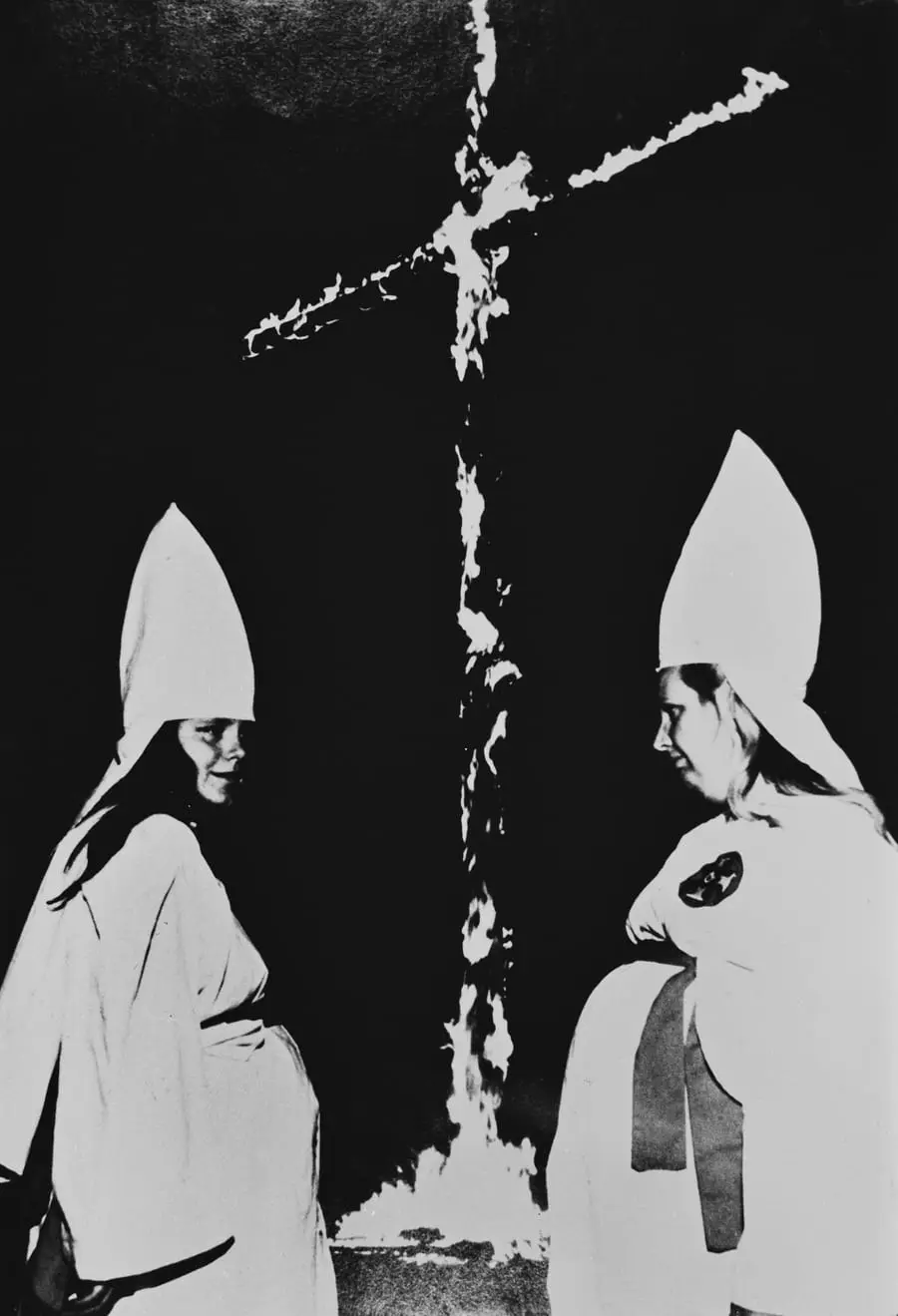
Your book was originally published in 1991, and the version I have includes a preface from 2009. In that preface, you mention that in interviewing aging Klanswomen, there were questions you didn’t get to ask or that you were too timid to pose. I’m wondering if you’ve reflected on that or have been able to work through it in some of your subsequent and continued research on extremism?
I interviewed these people literally at the last possible moment to interview them. Many of them died very quickly after. I asked the questions that were on my mind then, and I knew very little. In fact, nobody knew very much about [them] then. And so I kind of asked the most obvious questions, and I was shocked by their answers in a way that wouldn’t shock me now. People just had no regrets; I really expected them to be confessional, regretful or embarrassed, or any of those kinds of things. And they really weren’t.
One of my regrets is how thin my foundation of knowledge was going into that. Women and those movements were really unexplored. If I could interview these women now, I think I could ask much more interesting questions. How did they get pulled into this? What did they tell their kids? Why did they hide this from their kids?
I think there’s some interesting things to think about when a whirlwind of extremism takes over an entire state or parts of the country, and how people think about what they’re swept up in. Then they’re just dumped out in the end when the whole thing turns out to be kind of a fraud — sex scandals, financial scandals and the whole thing blows up. I was too timid, I should have pushed them a lot more about that. What did you think when your whole world exploded? Everybody that seemed like a great leader was exposed as this big fraud. I do think about that now.

